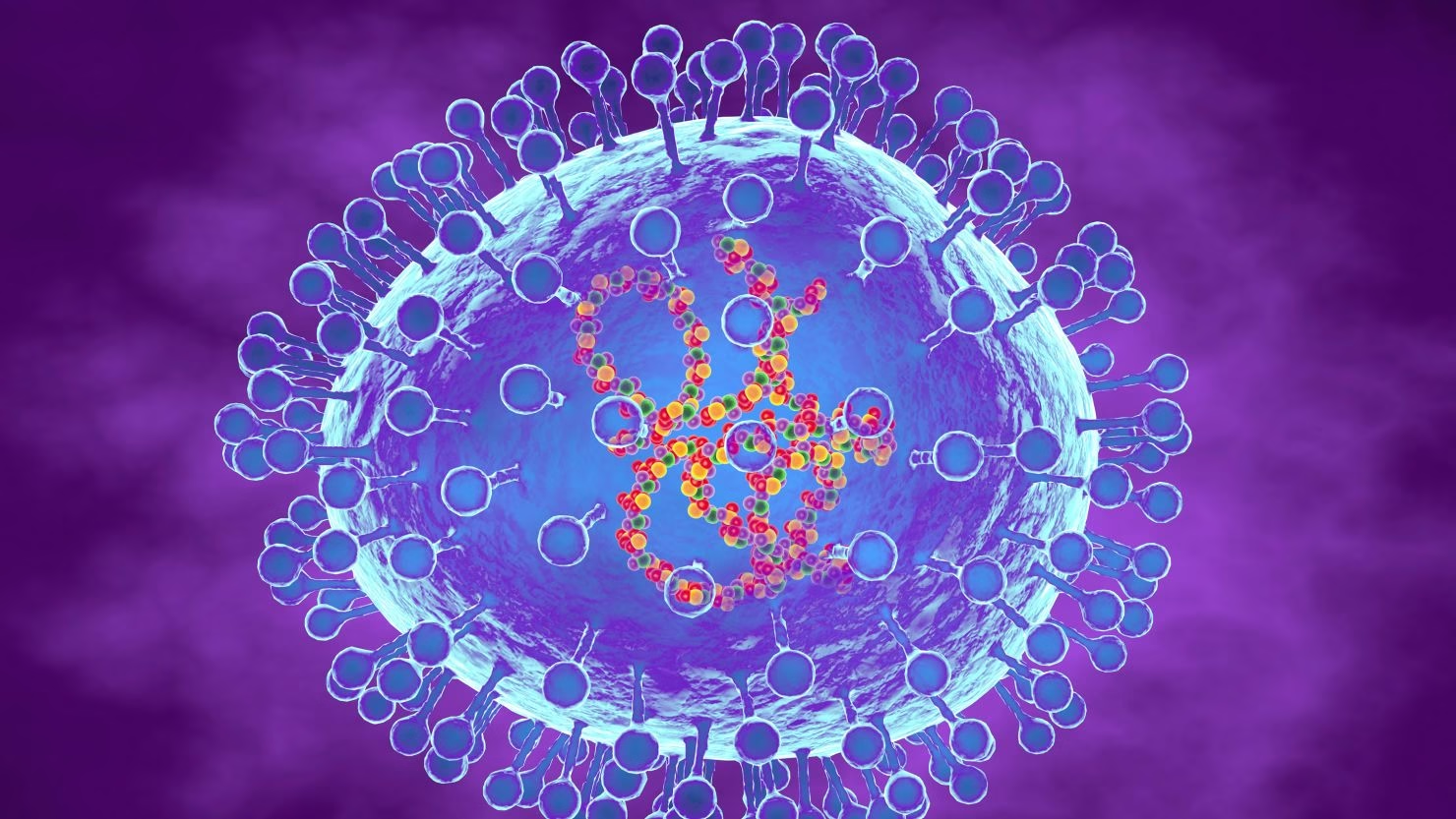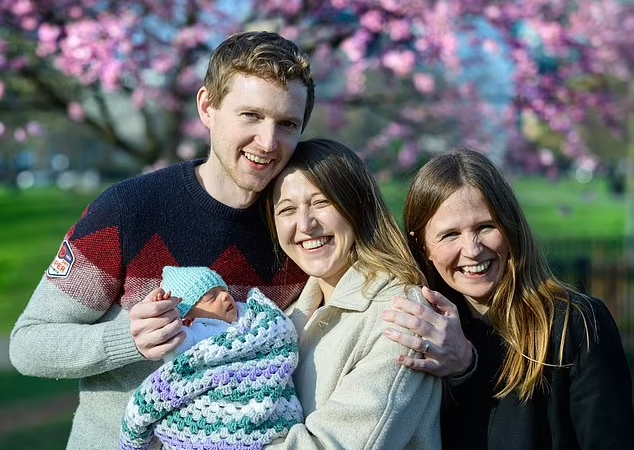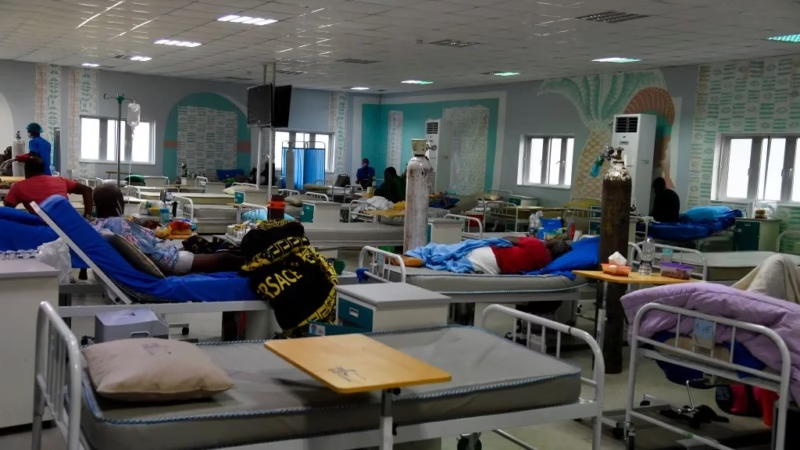All You Need To Know About The HMPV in China

Cases of infectious human metapneumovirus (HMPV) have been surging in the past few days in northern Chinese provinces, mainly among children. The virus is responsible for filling the waiting rooms of Chinese hospitals and looks eerily similar to the early stages of cobid; HMPV usually causes cold-like symptoms such as cough, runny nose, congestion, sore throat, and fever, which resolve in about five days. However, it can also cause severe symptoms such as bronchitis, bronchiolitis, and pneumonia, which can include shortness of breath, severe coughing, and wheezing.
Experts caution that flu-like symptoms may indicate HMPV. Professor John Tregoning, an expert in vaccine immunology at Imperial College London, told MailOnline that HMPV has very similar symptoms (at least in children) to respiratory syncytial virus (RSV). Like other viruses, it is transmitted by coughing, sneezing, and droplets.
It is helpful to protect yourself by staying in well ventilated areas, covering your mouth when coughing, and washing your hands,” said Professor Tregoning. As with the advice regarding covid and RSV, the infected person should ‘rest, stay hydrated, and try not to pass it on to others. If you feel very sick, go to your doctor. Unlike Covid, there is no vaccine or specific antiviral treatment for HMPV yet, and treatment primarily involves symptom management.
Professor Jaya Dantas, professor of international health at Curtin University in Australia, added: “The main thing is to get tested and stay at home. We need to protect the most vulnerable by getting tested, staying home and away from others, and wearing masks in public places. For young children, the elderly, and those with compromised immunity, HMPV can be severe and can migrate to the lower respiratory tract, causing pneumonia Other experts caution, however, that the increase in cases is ‘not something that should cause undue concern.
Professor Jonathan Ball, a virologist at the Liverpool School of Tropical Medicine, said, ‘HPMV has been known since 2001 and has been circulating in the human body for at least 50 years, perhaps longer. Unfortunately, HPMV causes pneumonia, especially in young children, but thankfully this is rare’. Professor Paul Hunter, an infectious disease specialist at the University of East Anglia, also told MailOnline that HMPV is one of the leading viral causes of respiratory infections in children under five. ‘In England, there has been a fairly marked increase in the last few weeks,’ he said. However, ‘one of the problems associated with this type of infection is that it is diagnosed more frequently.
Health officials in Beijing have downplayed the move as a regular winter event. But the Chinese Center for Disease Control and Prevention warns that the incidence of multiple influenza-like illnesses is on the rise, with the latest report for the week of December 29 showing that 7.2% of outpatient visits to local hospitals in the north were due to influenza-like illnesses. This was a 12% increase from the previous week and above the level for the same week in the post-2021 influenza season. In the South, 5.7% of outpatient visits were for influenza-like illness. This is a 21% increase from the previous week and is above the level of the same week in 2021, when 4.1% of visits were due to influenza-like illnesses. However, it is below the levels of 2022 and 2023.
England is currently battling a tidal wave of influenza. According to the surveillance program that monitors the epidemic in England, the number of hospitalized cases of influenza is four times what it was a month ago. More than 4,500 beds were occupied by flu patients each day last week, up 3.5 times from the same week a year earlier, according to figures. Of these, 211 beds were occupied by severely ill patients, a 69% increase over the previous week.
Experts also expect the situation to “get worse before it gets better” as more people socialize indoors between Christmas and New Year’s.



